According to Titrsanat, the Association of Steel Structure Producers and Exporters, in its second press conference, reviewed the current status and future of this vital industry of the country. Mohammadreza Alavi, a member of this… Association, referring to Iran’s position as one of the top 10 countries in production Steel With an annual capacity of about 40 million tons, the main challenges facing this industry were identified as energy imbalance, lack of liquidity, decline in public and private development budgets, inflation, and banking problems—all of which have affected the production and growth of this strategic sector. Alavi, while emphasizing the association’s numerous meetings with production companies and the transfer of these issues to the government, also raised the issue of chemical uniformity… Steel He considered it very important and warned that fluctuations in chemical composition lead to a reduction in strength, tensile capacity, and hardness… Steel which results in reduced performance.
This issue has serious effects on construction projects, the automotive industry, and related sectors, directly impacting quality and market trust. Mehrdad Golchin-Vafa, another representative of the Steel Structures Association, expressed concern over a 40–50% reduction in production capacity, adding that many steelmaking units are currently operating at only half of their full capacity.
He stressed the necessity of adopting modern technologies, including advanced software, CNC systems, automation, and laser cutting, to address the problems, and spoke of the entry of welding robots and artificial intelligence into the industry, which could improve quality and productivity.
Golchin-Vafa also introduced “green steel” technology as an important model for reducing water consumption and greenhouse gas emissions, noting that countries such as Sweden are pioneers in this field.
He expressed hope that with the adoption of modern equipment, Iran would also be able to develop this technology. The advantages of steel structures over concrete were also emphasized, including lower water consumption, faster and easier implementation, less need for specialized labor, higher resistance to earthquakes, and 100% recyclability.
Golchin-Vafa explained the importance of full steel recycling, noting that in incidents such as the 12-day Gaza war, damaged concrete structures were unusable and environmentally polluting, whereas steel structures could be fully collected and recycled—an important environmental and economic advantage for the construction industry.
In conclusion, this meeting reflected the coordinated and serious efforts of the Association of Steel Structure Producers and Exporters to overcome obstacles, develop modern technologies, and enhance quality and productivity in one of the country’s key industries, which, alongside government cooperation, could lead to sustainable growth and greater

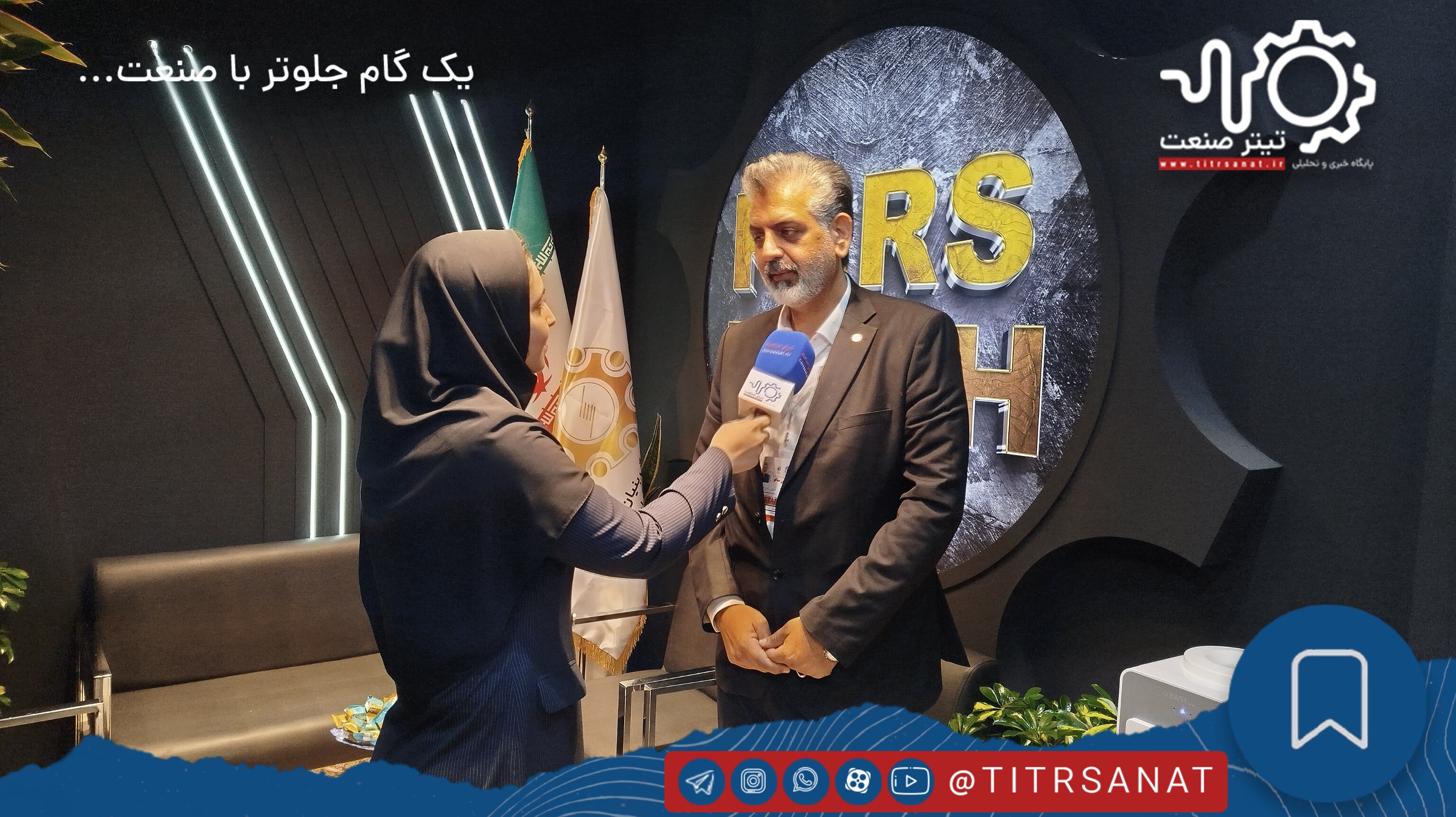

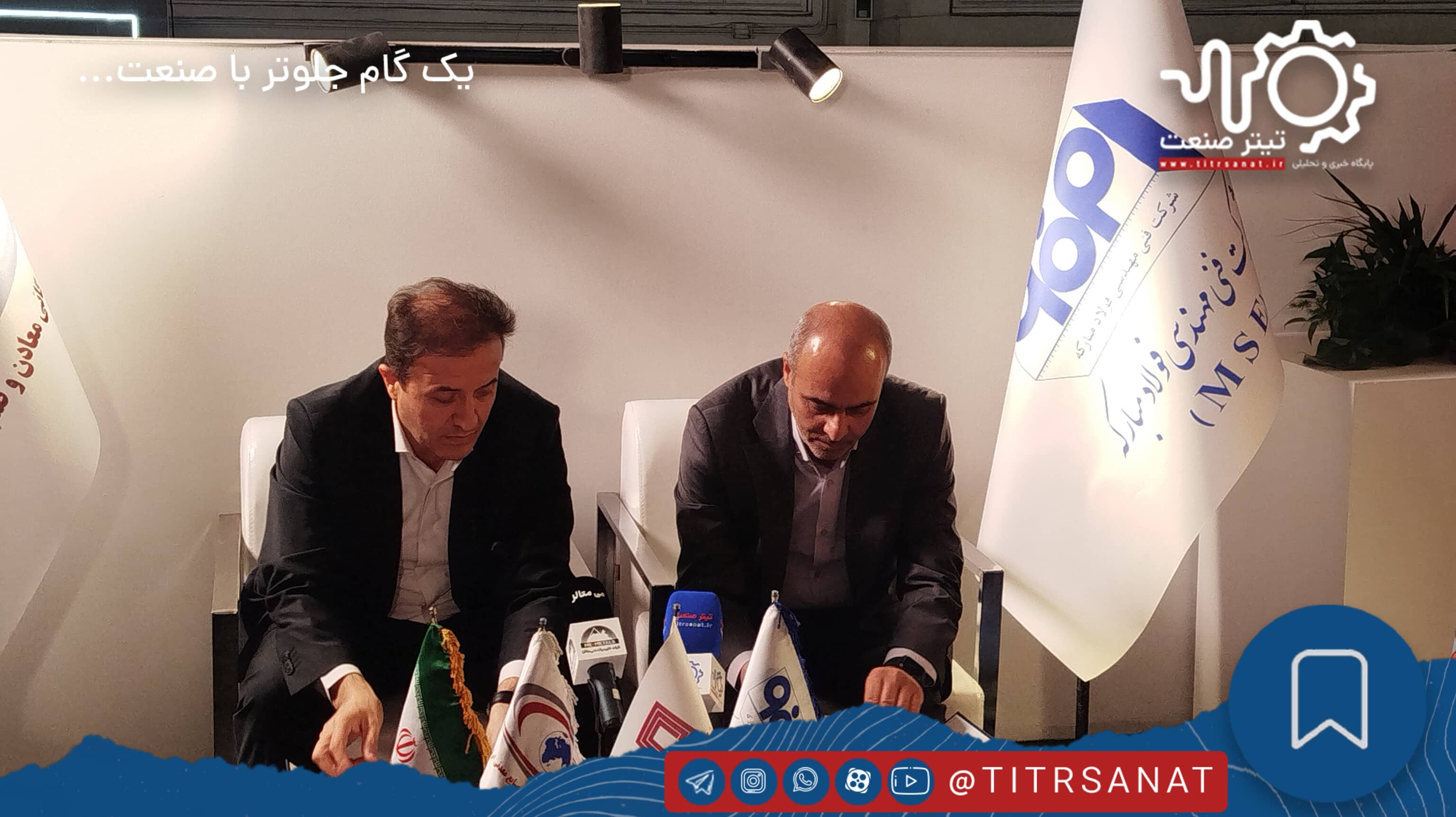
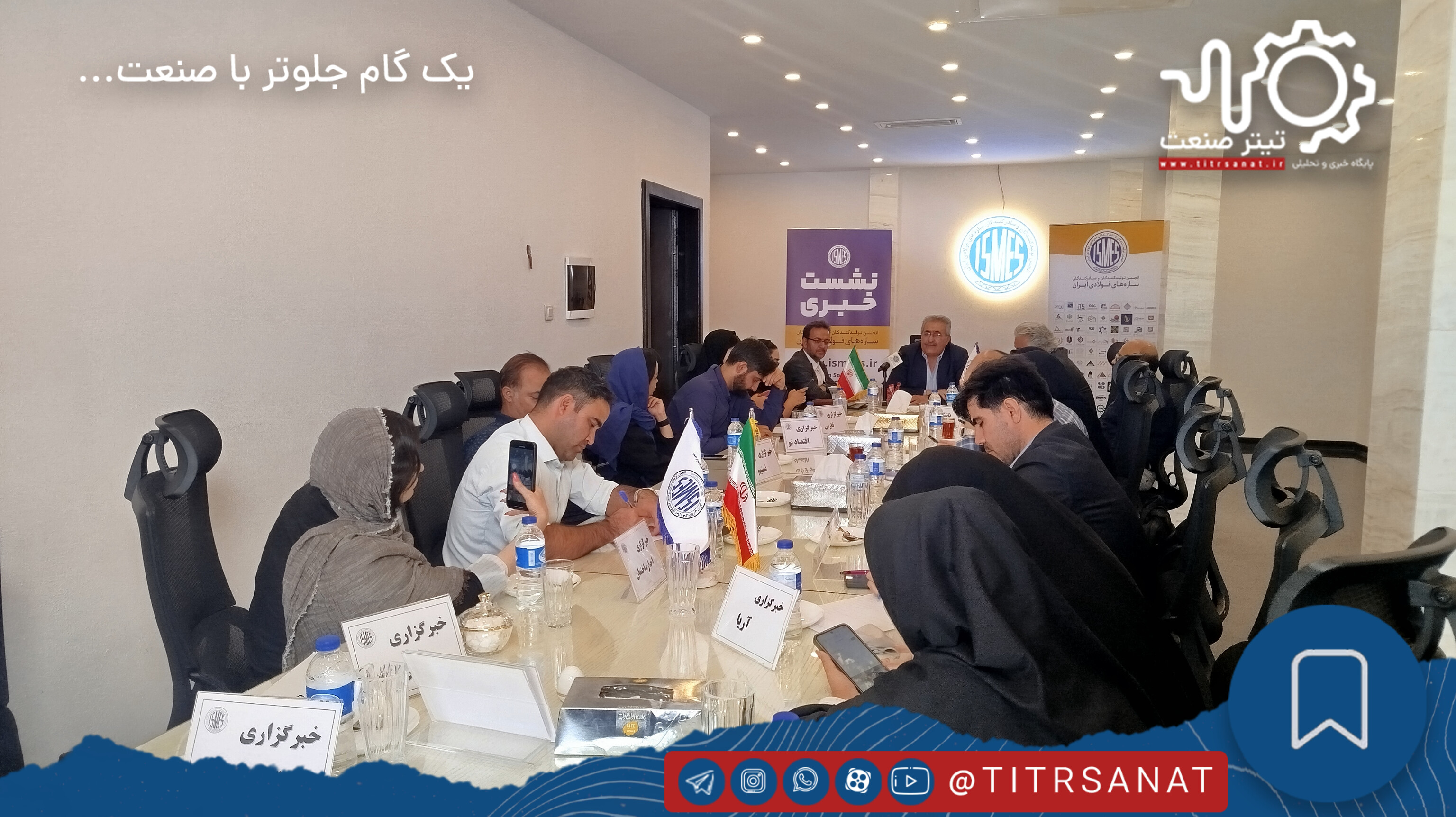


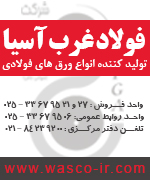
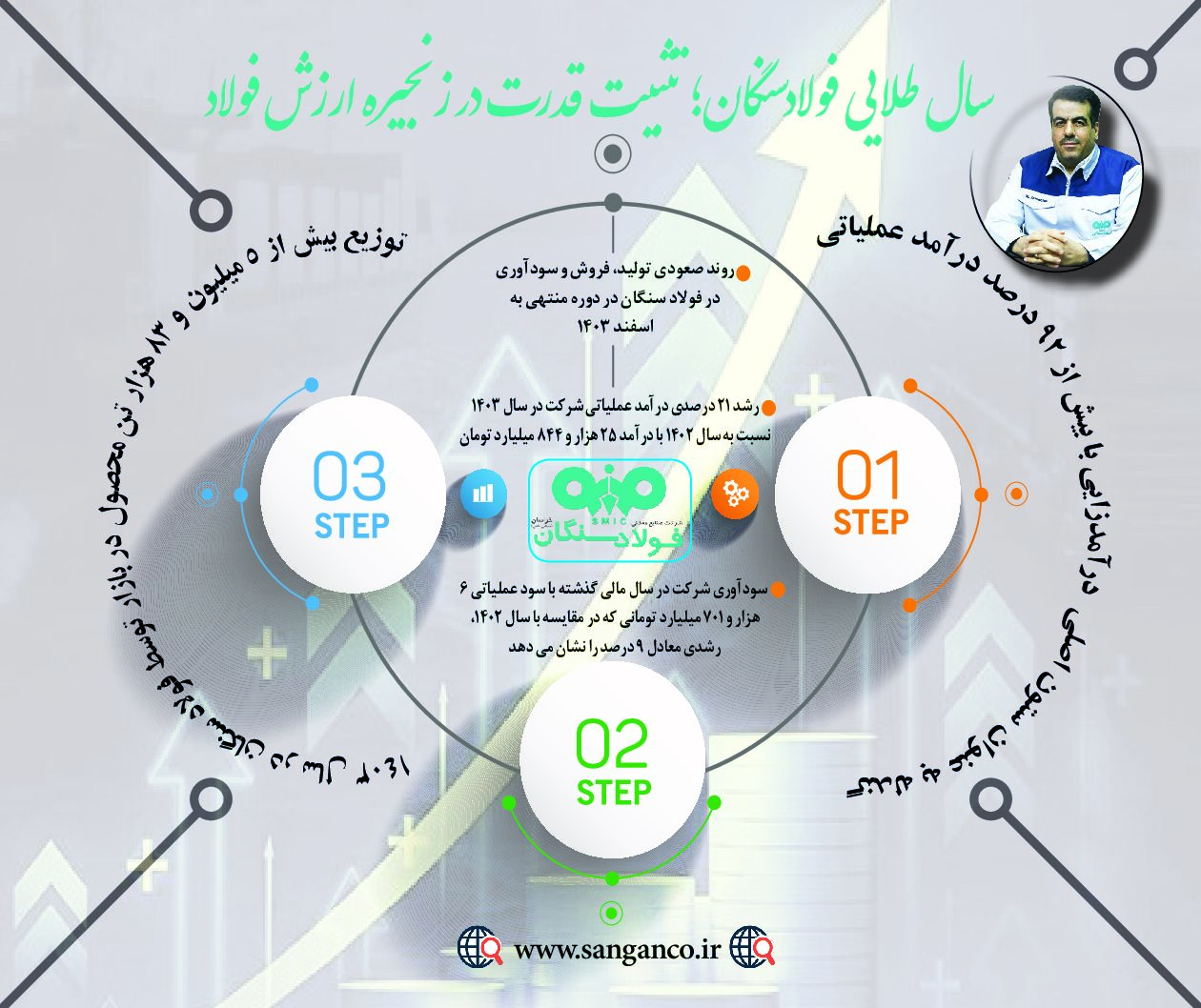
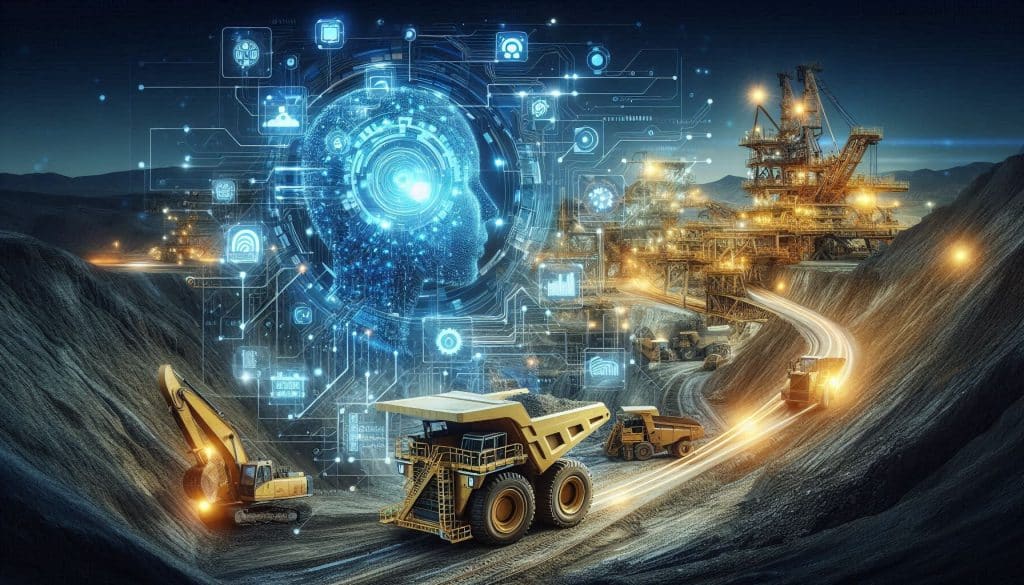
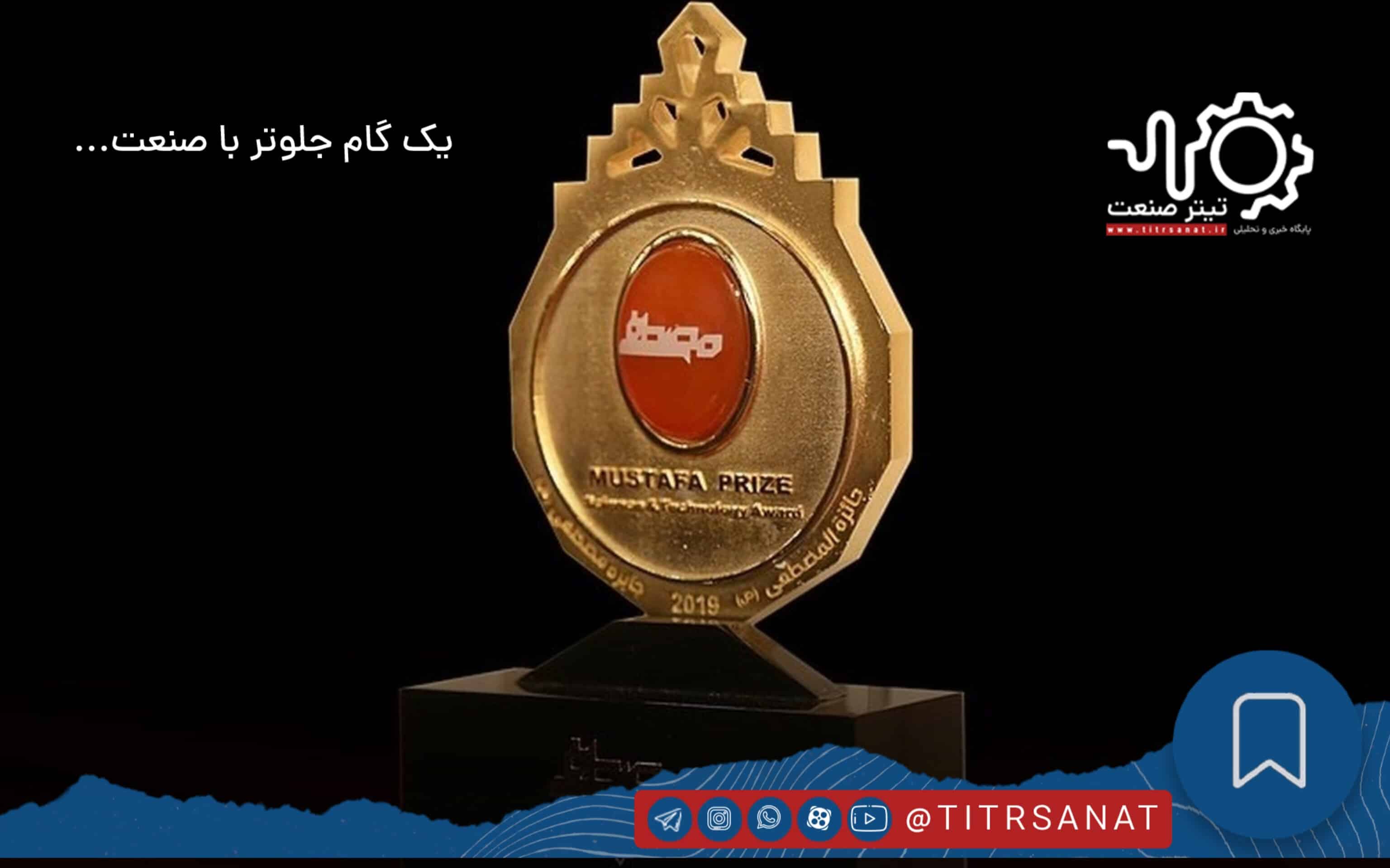
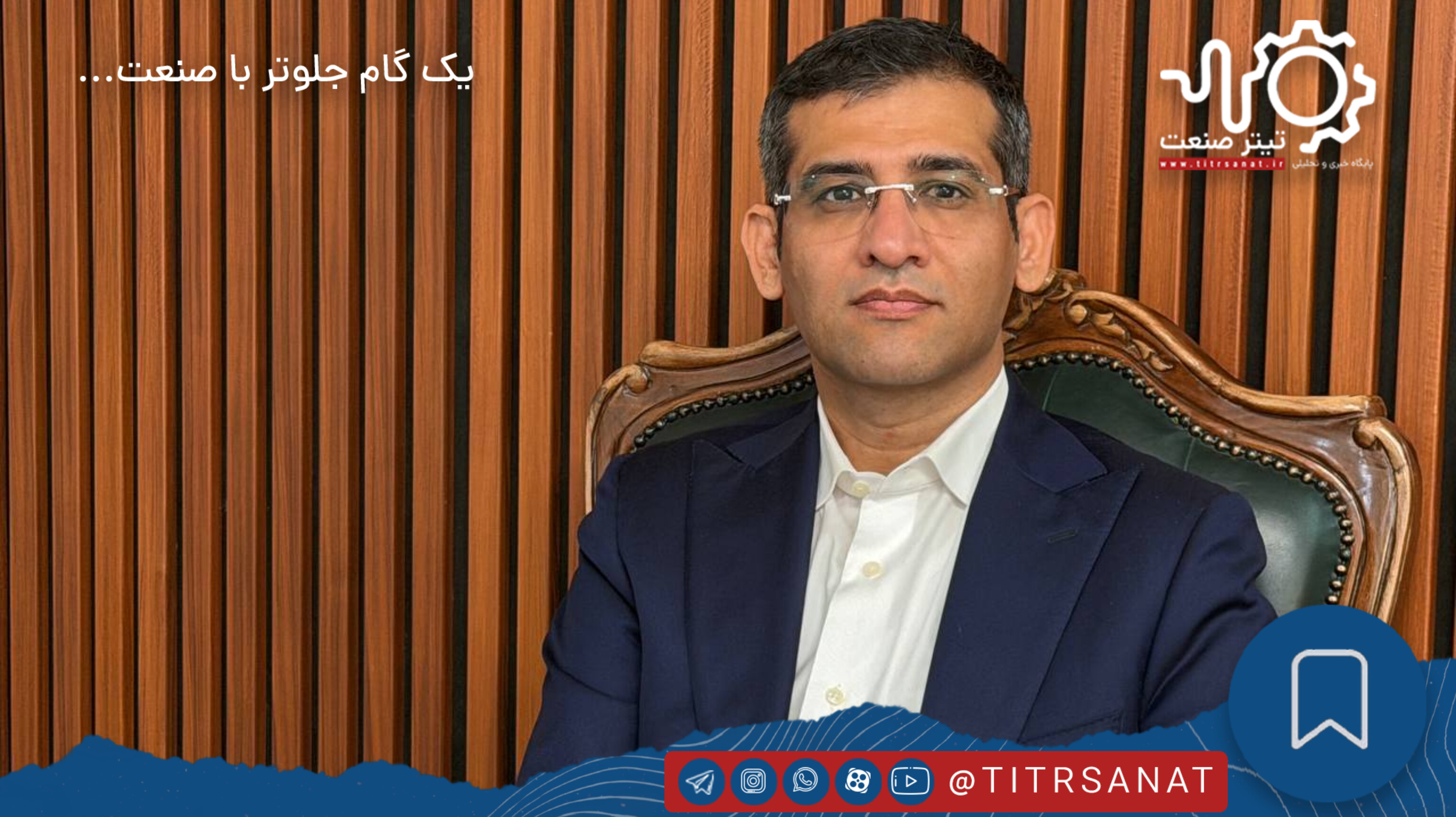
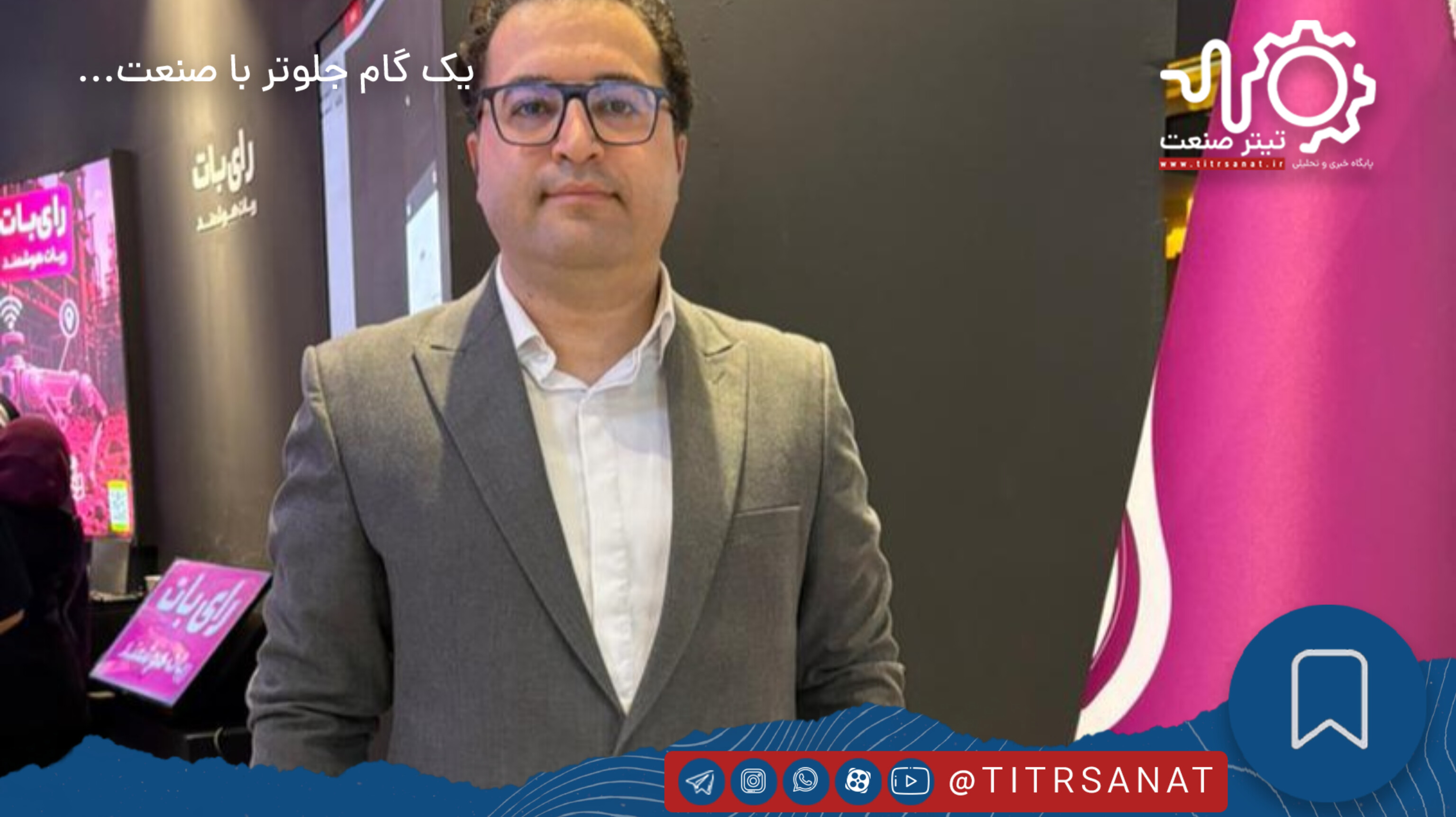




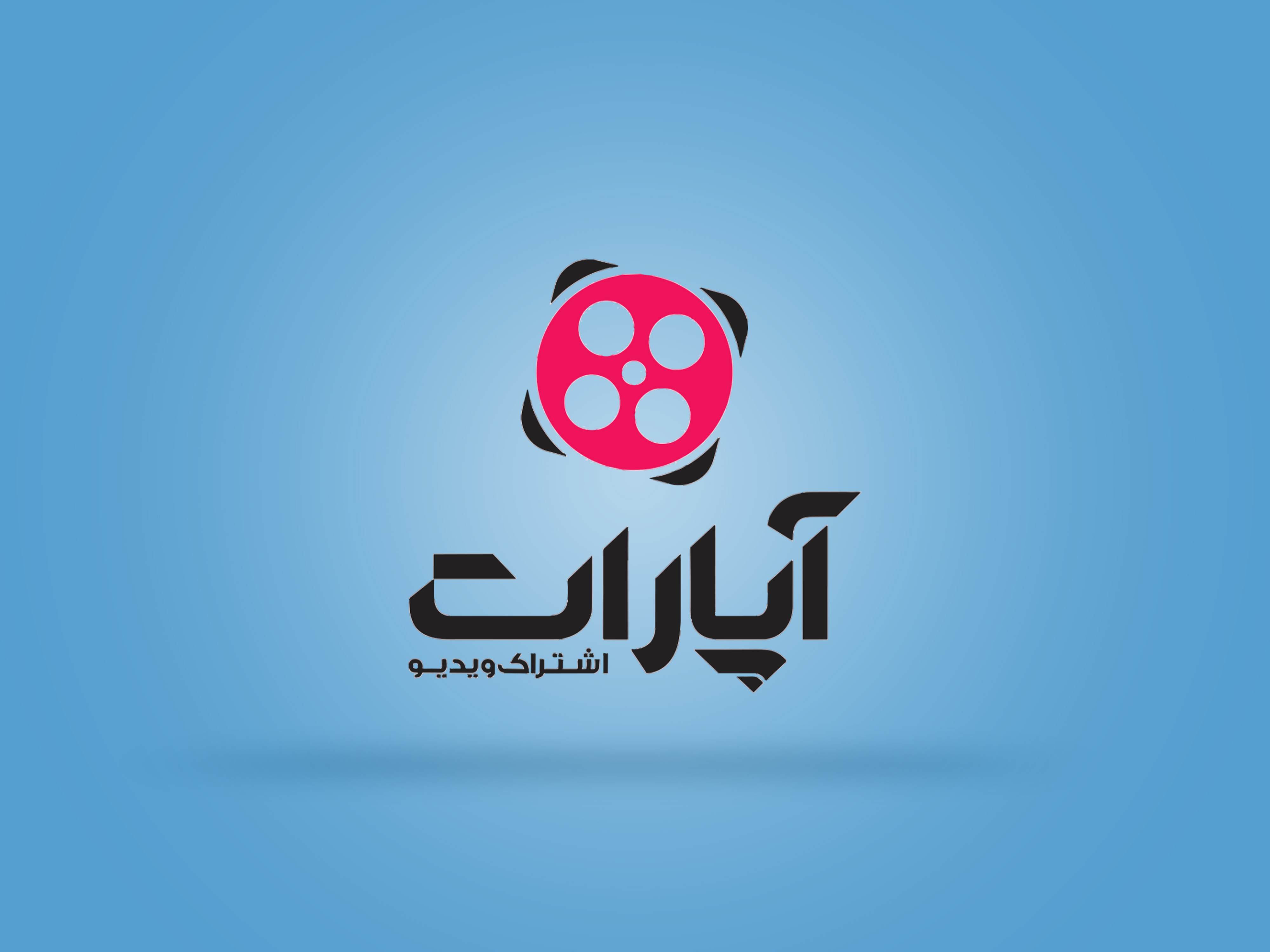

Comments